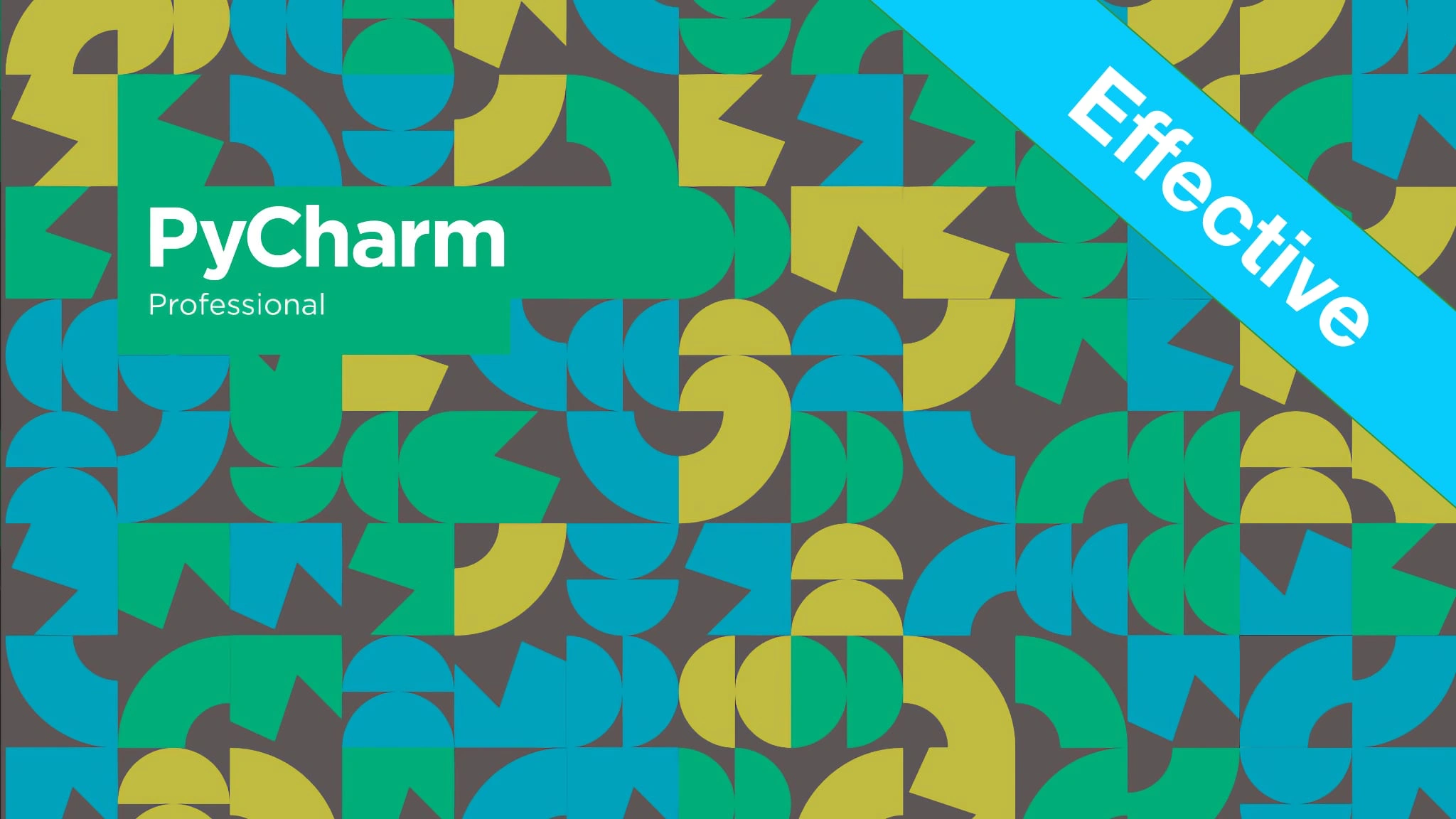Effective PyCharm Transcripts
Chapter: Packages
Lecture: Packaging introduction
Login or
purchase this course
to watch this video and the rest of the course contents.
0:02
Working with PyCharm projects is completely natural at this point,
0:07
we've been working with so many different applications and projects throughout this course up to this
0:12
point, but if you really want to distribute an application as a cohesive library, taking a set of files and directories and just shipping them around.
0:21
Well that's not gonna fly. You need packages. In Python,
0:25
there's structured ways of bundling together the set of files that work together into a package
0:31
that has a version and it could be managed often time by installing it off of PyPI. Over a PyPI we have over 300,000 packages at this point,
0:42
it's truly one of the powers of the Python ecosystem and everything up there is a package. Do you want to change the album art of a bunch of MP3
0:52
files, there's a package for that. You want to apply computer vision to a video feed. There's a package for that too.
0:59
Right? So whether you want to work on an existing open source project or some
1:04
existing package, PyCharm has special support to allow you to take an existing package
1:09
install it into development mode and explore it and change it and test it or maybe even better. You want to create your own package.
1:18
You want to create something amazing for the world and make it 300,000 and one on PyPI.org. That would be fantastic.
1:25
Hopefully you do. You're going to see that PyCharm has great tools to create
1:28
packages and all the infrastructure needed in order for them to be uploaded, a PyPI to be version to be installed,
1:36
all those kinds of things, so let's get into packaging.
